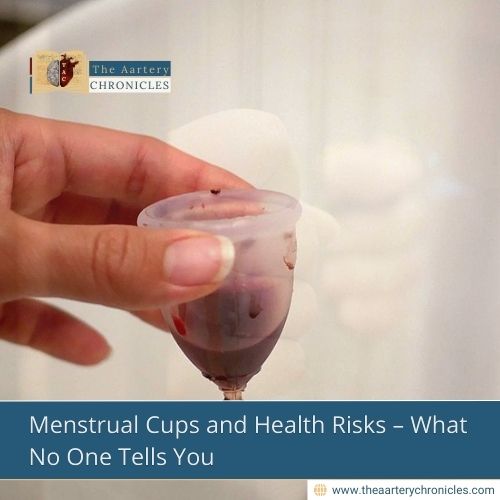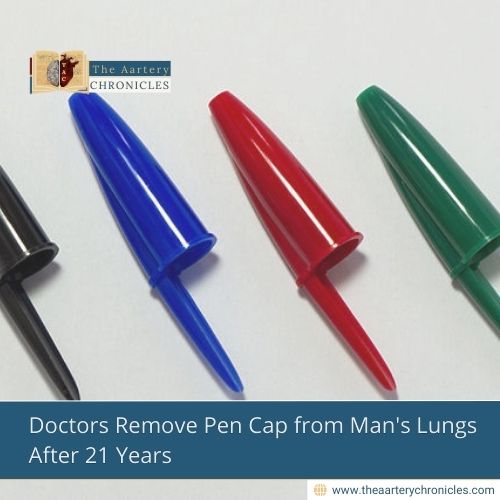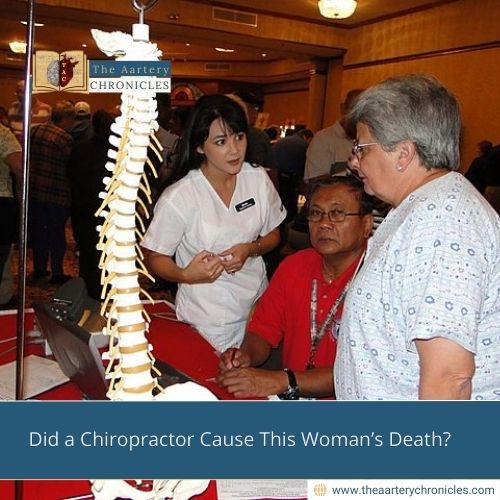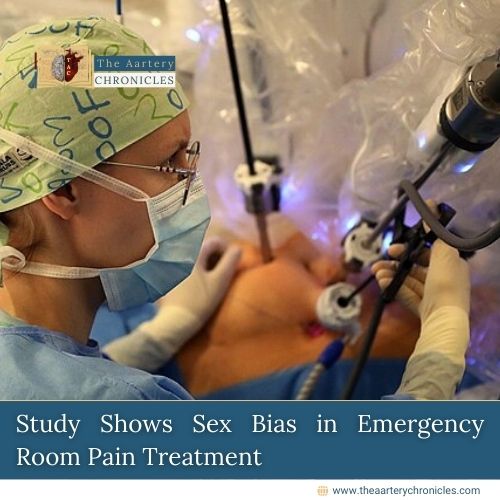Antibiotic Overuse in Football: A Health Time Bomb?
Reading Time: 3 minutesAntibiotic misuse by Indian footballers may lead to resistance. Experts urge awareness and proper medical guidance.
Antibiotic Overuse in Football: A Health Time Bomb? Read More »
Health News and Updates








